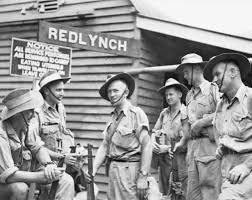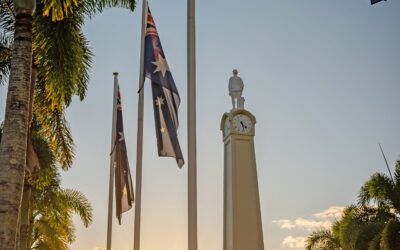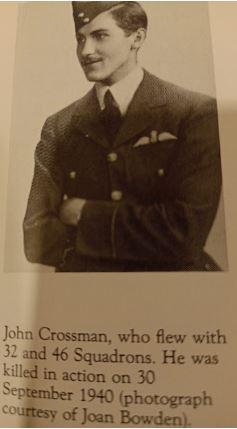Why Cairns was so important in World War 2
The peaceful, tropical town of Cairns was cast into a front line role after the Japanese attacked Pearl Harbor, Hawaii in December 1941.
Soon enough, frontline Port Moresby, only 1000 km away, was closer to Cairns than Brisbane.
With its strategic location, port, airfield and rail hub, Cairns suddenly became a vital staging post and logistic hub for the Pacific war.
In Cairns and surrounds the changes could most obviously be seen in the improved infrastructure developments: sealed Gillies and Kuranda Range roads, rail lines extensions, an extensive malarial drainage system, and the extension and sealing of many roads around Cairns and on the Tablelands. The Cairns Harbour Board gained by nearly £ 1 million improvements courtesy of the US Navy.
The Atherton Tablelands area provided excellent jungle warfare training for those heading off to places like (Papua) New Guinea and Bougainville. Servicemen were also treated for malaria at camp hospitals. The Atherton Tablelands was the largest Australian military base. More than 100,000 troops were bases in 160 sites around the Atherton Tablelands from 1942. The 6th, 7th and 9th Australian Divisions camped there.
Many troops arrived by rail from the South, or transferred from the port to training camps on the Tablelands. Train travel was not glamorous, and often slow
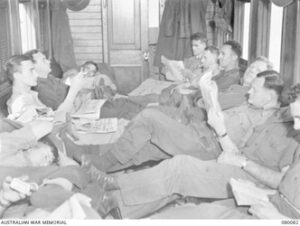
BRISBANE – CAIRNS, QUEENSLAND. 1944-09-03. TROOPS OF HEADQUARTERS 7TH DIVISION RELAX AND SLEEP DURING A TEDIOUS JOURNEY IN A TROOP TRAIN
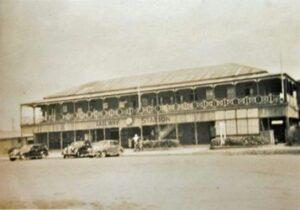
Cairns railway station in the 1940’s
Not only were wharf facilities improved, but also defences.
A Controlled Minefield was laid by the Royal Australian Navy RAN in July 1942 to protect Cairns Harbour during WWII against enemy midget submarines and surface craft. These controlled mines allowed military officials to detonate the mines in a controlled way from the shore in case of an enemy attack.

Australian war Memorial. RAN sailors priming a large undersea mine on a barge in Cairns Harbour in about 1944
After the war, these explosives had to be removed and safely disposed of, being detonated on Admiralty Island in the Inlet.
Cairns Aerodrome was taken over by the RAAF in 1941. The main runway was extended and bomb storage sheds built. Early in 1942 after Japan’s entry into World War II, and further were made to improve the runways for all weather use by larger military aircraft. This proved difficult however, as the runways had been laid down on mangrove mud.
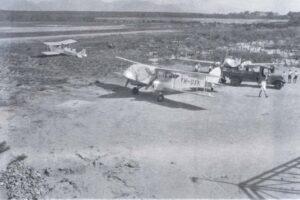
Cairns airfield before WW2, 1937, Cairns Historical Society collection
By May 1942 Cairns Aerodrome had become a major refuelling point on the coastal air route with a huge influx of military aircraft, particularly US Air Force traffic. In late May RAAF No.25 Operational Base Unit was established at Cairns and it was decided that the airfield would be retained a refuelling point only and all work was stopped on the construction of splinter-proof aircraft pens. During 1942 and 1943 the airfield was also used as a transport base for USAAF squadrons of the 374th Troop Carrier Group, hauling paratroopers for jump training over the Gordonvale district. The main runway was finally sealed during 1943.
Sources:
Ozatwar
https://www.ozatwar.com/ran/controlledminescairns.htm
Atherton Tablelands WW2 tour
Pacific Wrecks
https://pacificwrecks.com/people/authors/kelly/cairns.html
Cairns during the Second World war
https://crslsb.org.au/cairns-during-the-second-world-war/
ADF message Board
http://www.adf-messageboard.com.au/invboard/index.php?showtopic=3014
